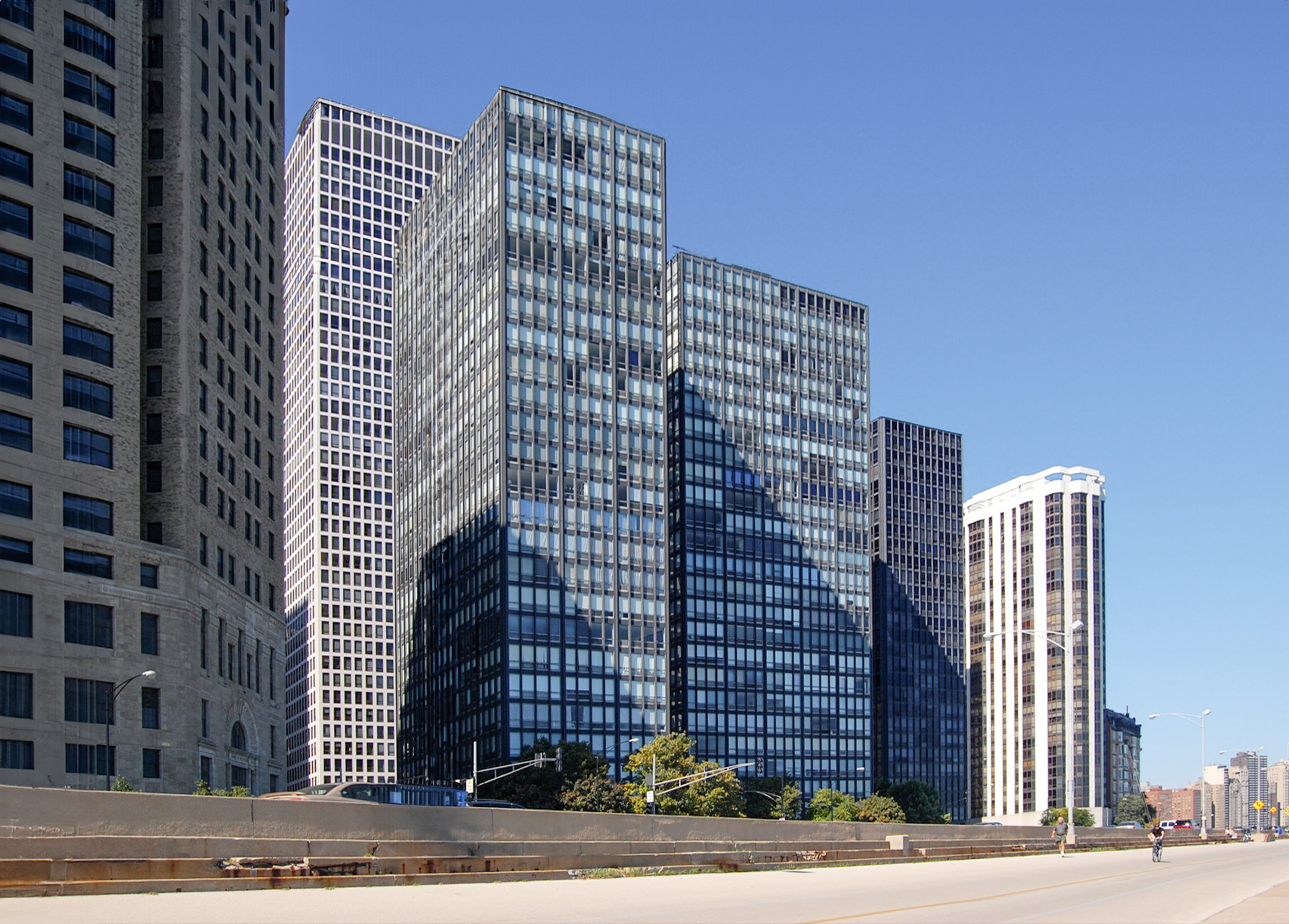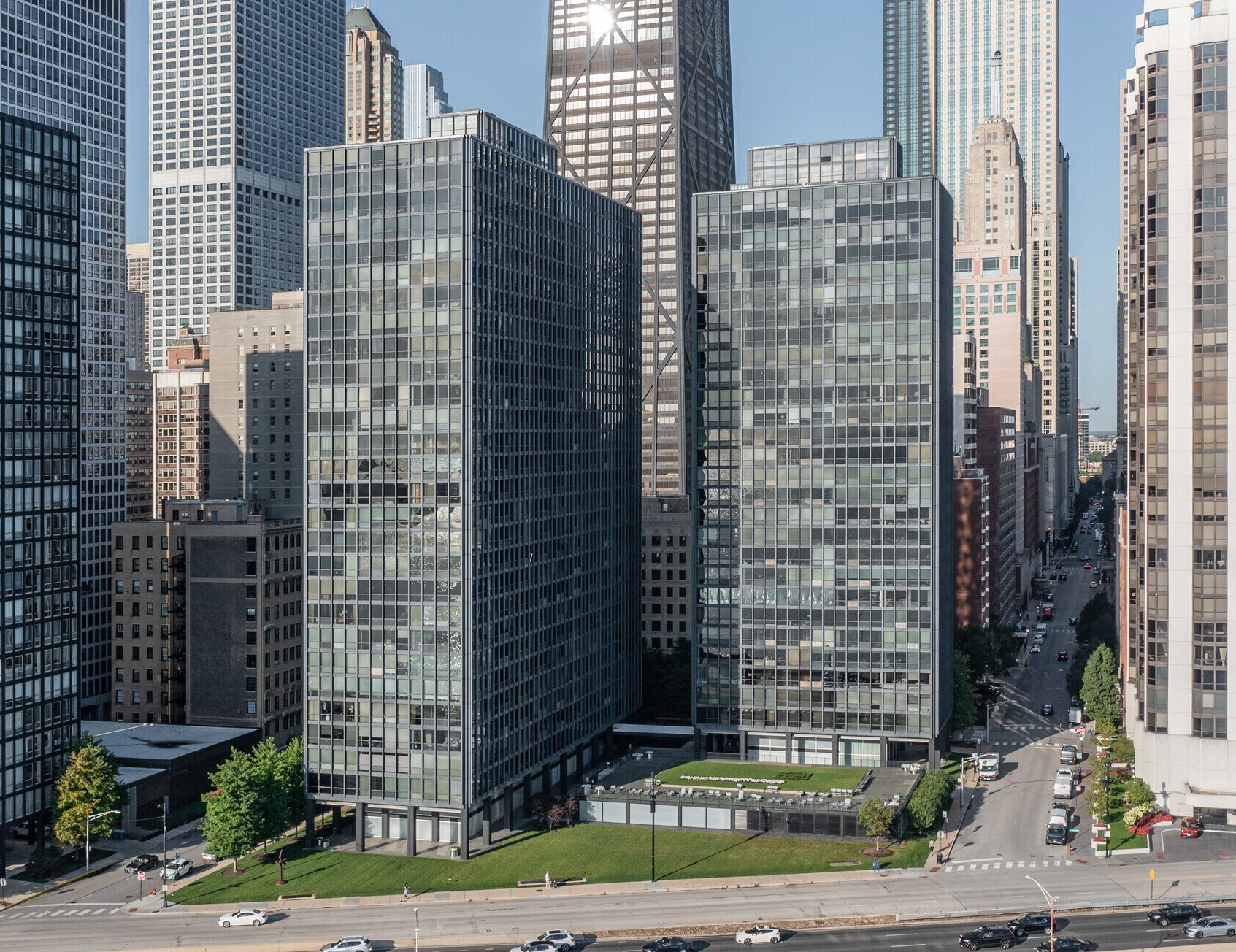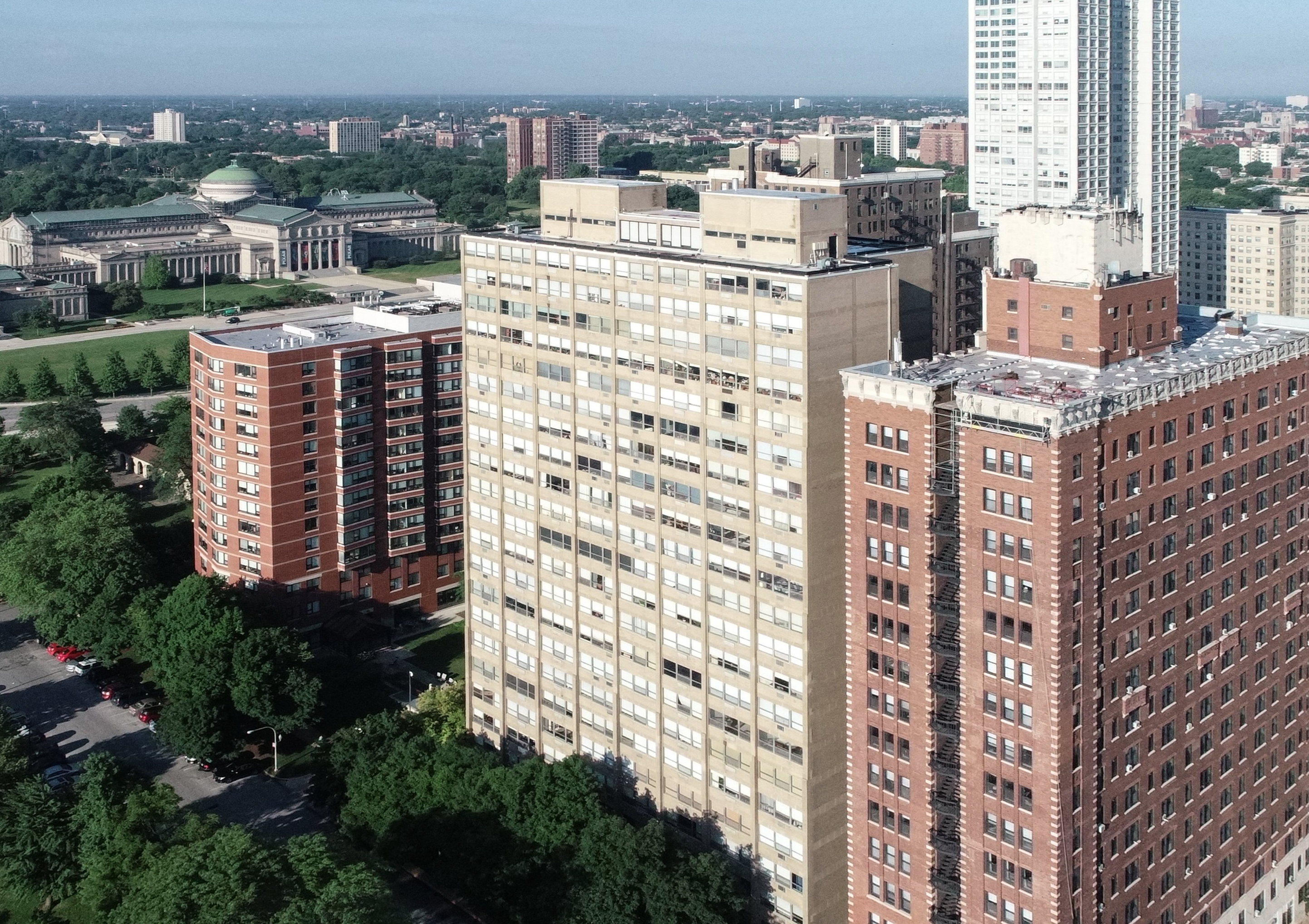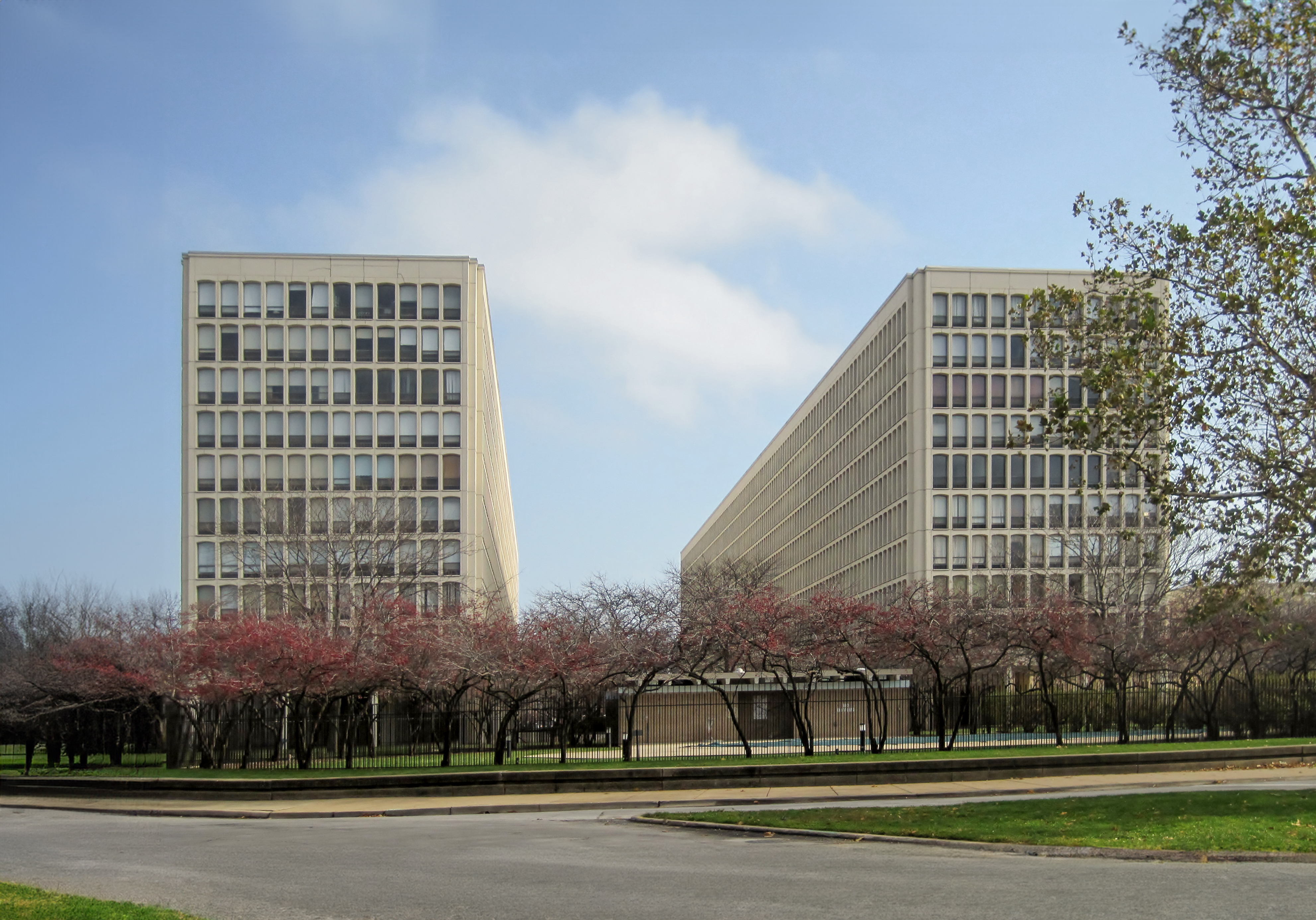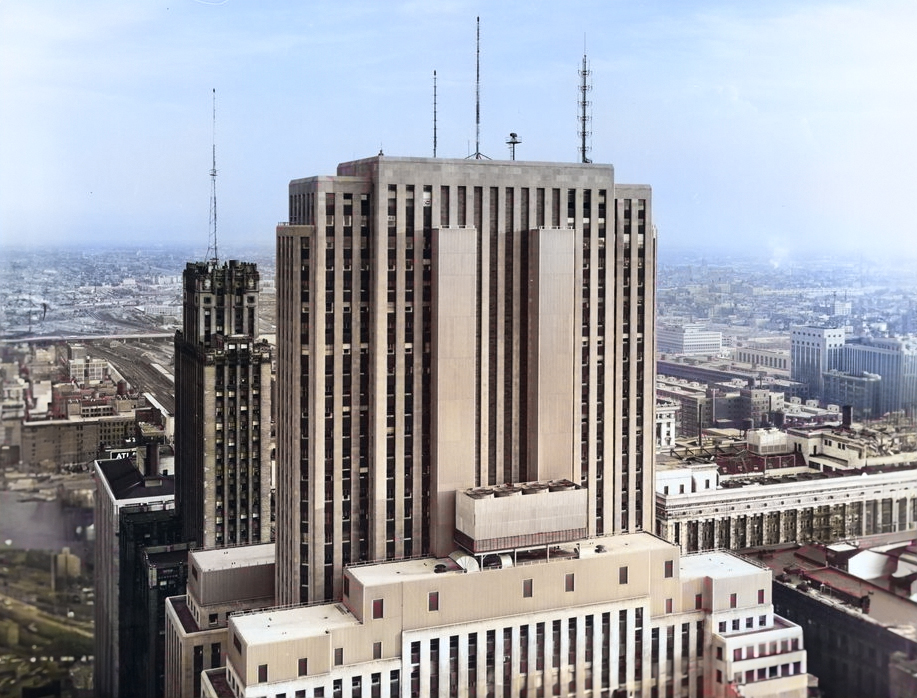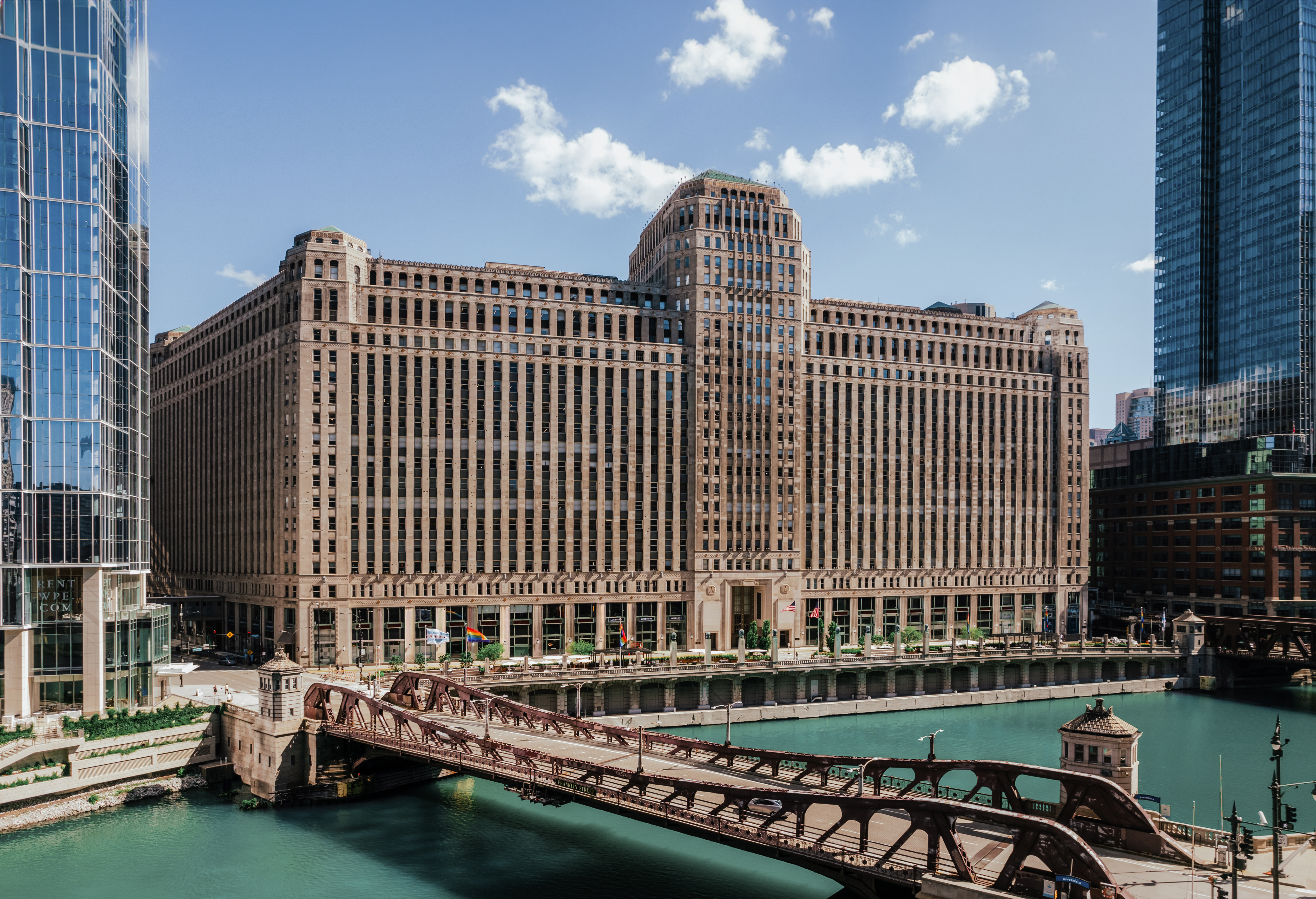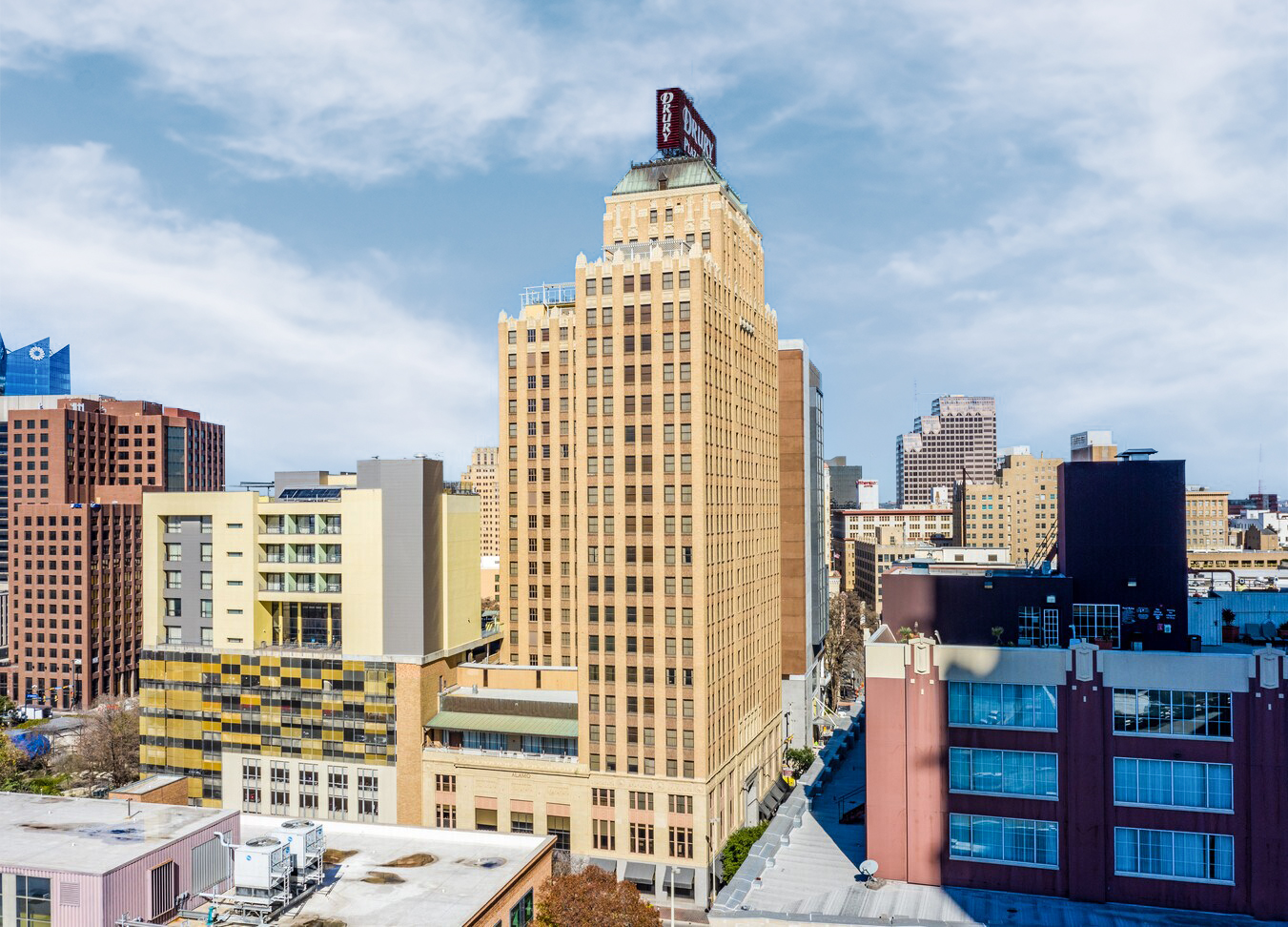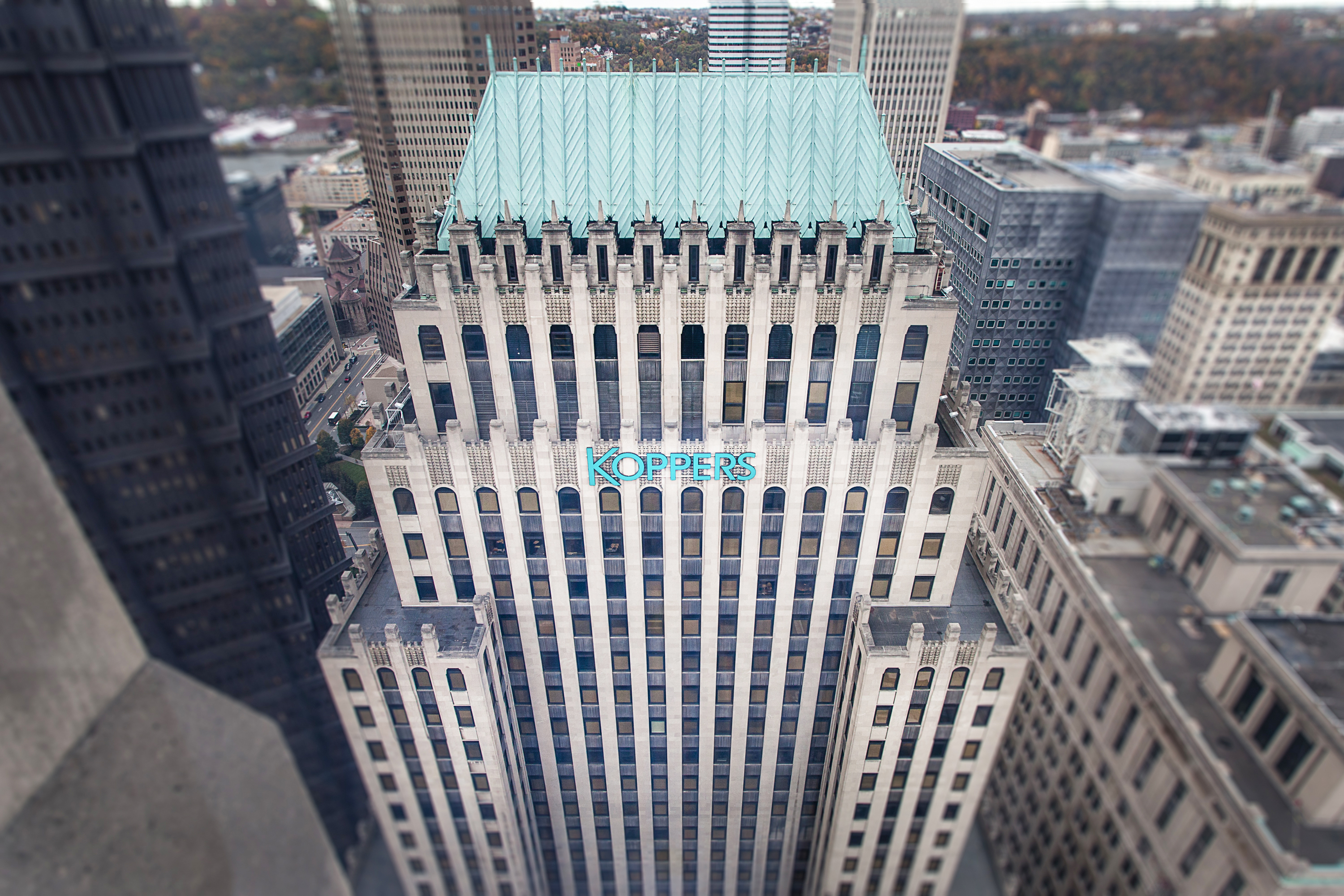The CNA Center is an International Style skyscraper designed by Graham, Anderson, Probst & White, and built between 1970 and 1972 in Chicago, IL.
CNA Center is not the only name you might know this building by though. It is common for companies to want to attach their names to iconic buildings when they move in, or for the general public to come up with nicknames, and this one is no exception. The building has changed names several times over the years, and is also known as:
- CNA Center until 2018.
- Continental Center III.
- 333 South Wabash.
- Big Red.
Its precise street address is 333 South Wabash, Chicago, IL. You can also find it on the map here.
The building underwent a major restoration in 2008.


